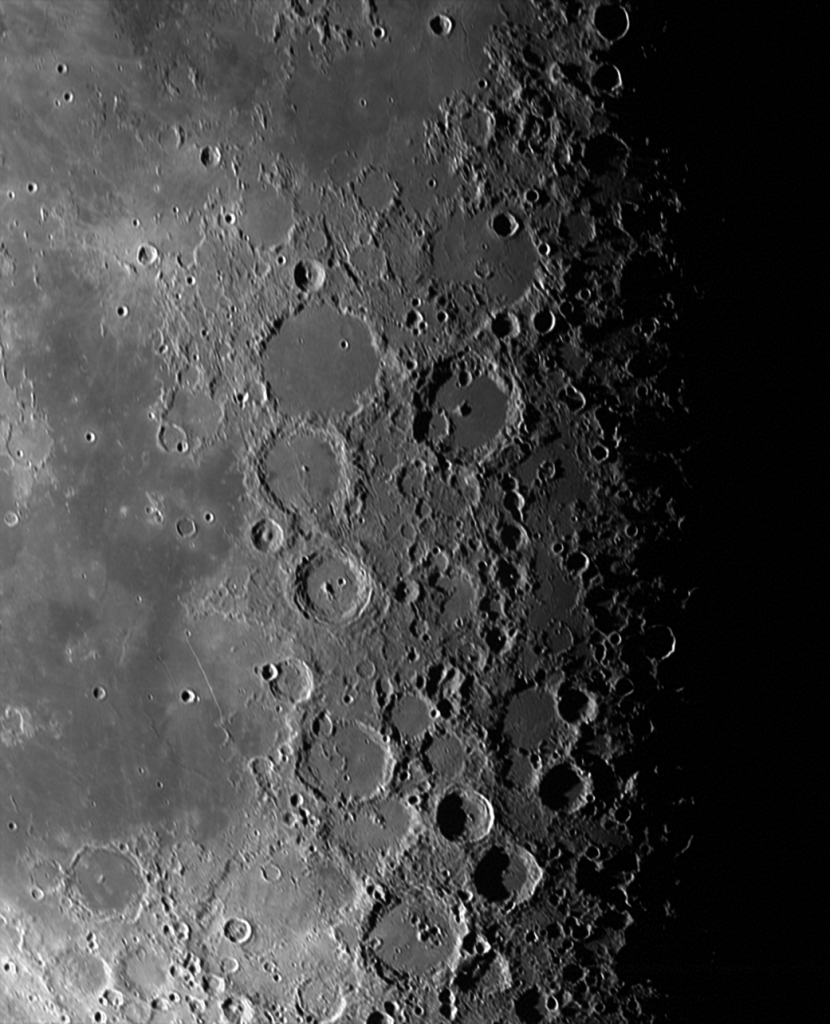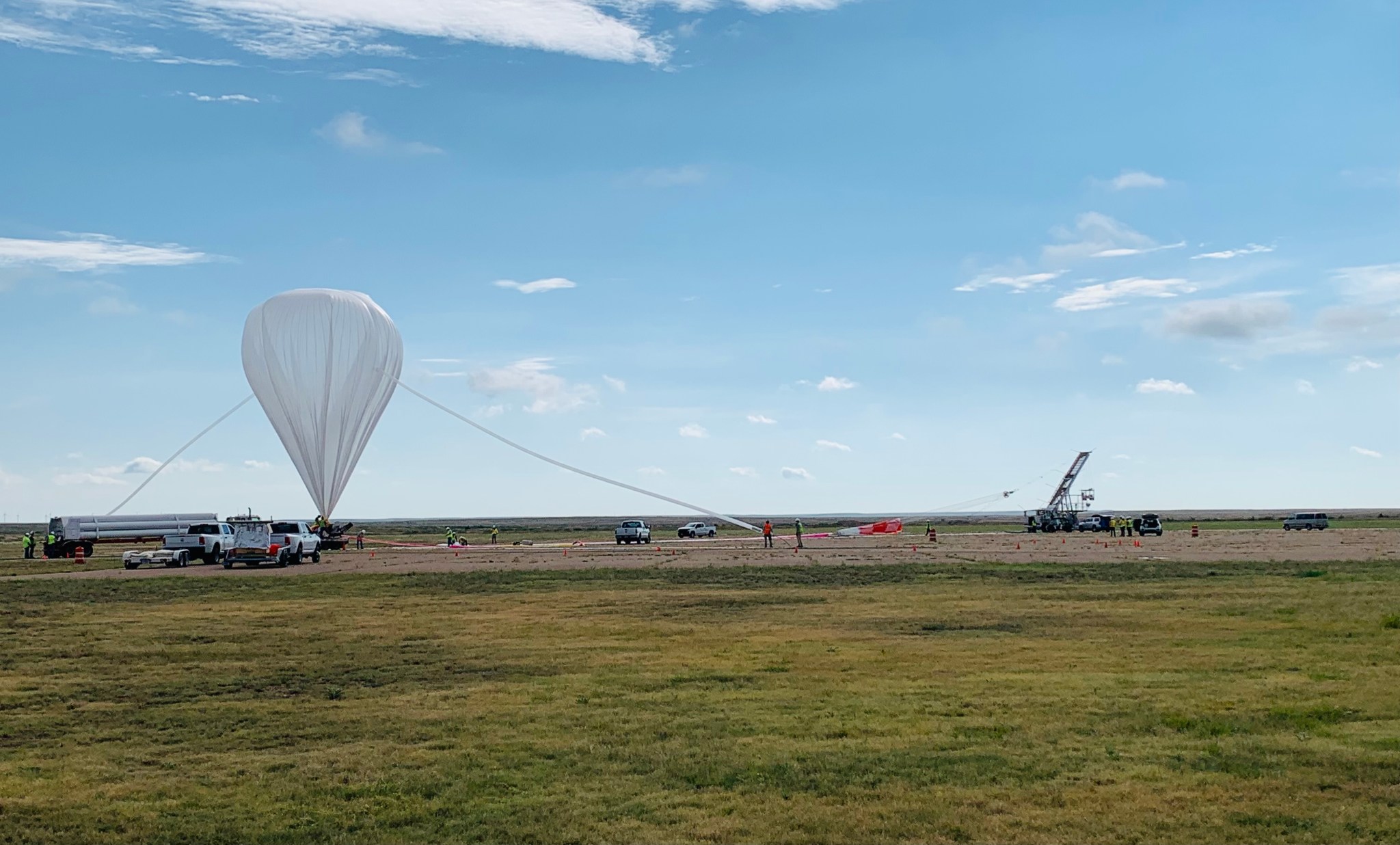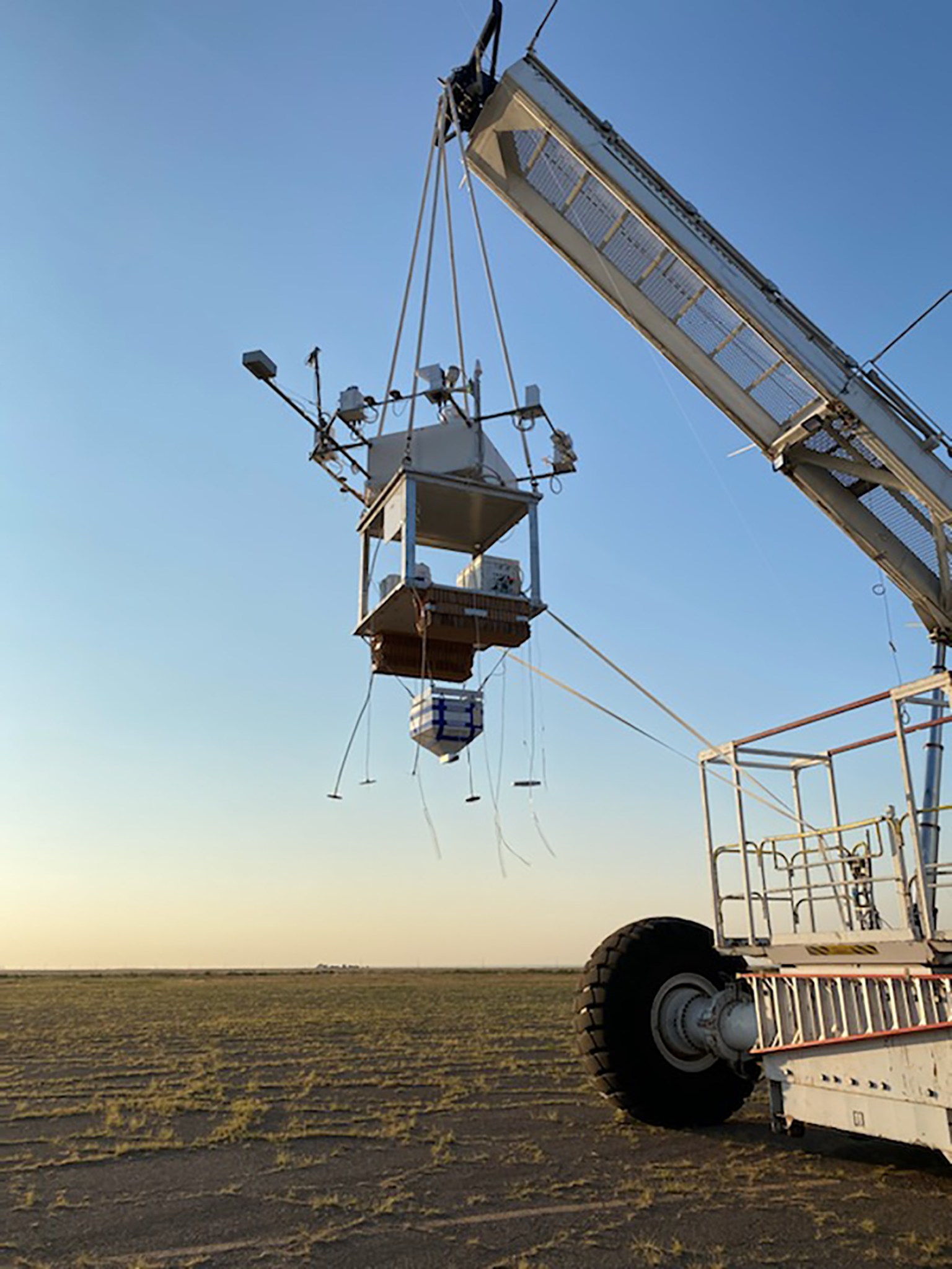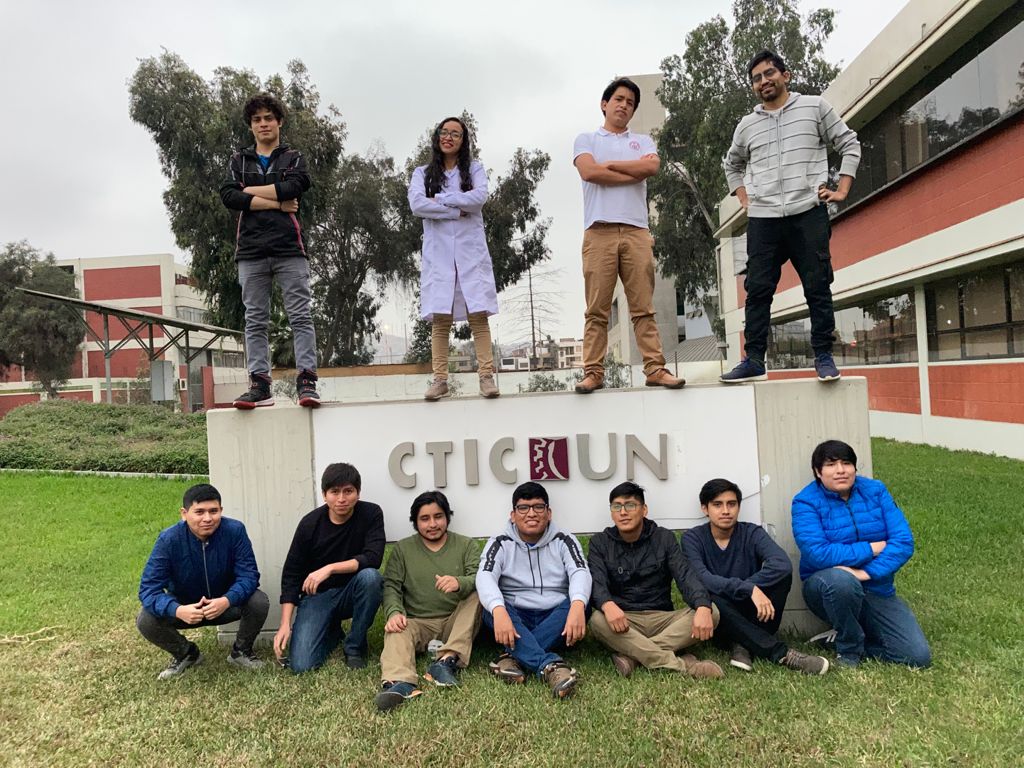University students from North and South America put their classroom knowledge and technical skills to the test when their experiments flew on a recent NASA scientific balloon flight over New Mexico.
Launched Sept. 14 from Fort Sumner, New Mexico, the balloon carried the High-Altitude Student Platform or HASP, with its 11 student experiments and also 23 student experiments through the RockOn! Program.
HASP is a joint project between NASA’s Wallops Flight Facility Balloon Program Office, NASA’s Science Mission Directorate, the Louisiana Space Grant Consortium (LaSPACE) in Baton Rouge, and the NASA Columbia Scientific Balloon Facility in Palestine, Texas. The HASP principal investigator is Gregory Guzik from Louisiana State University in Baton Rouge. RockOn! Is a partnership with Colorado Space Grant Consortium.
RockOn! experiments typically fly on a NASA sounding rocket. However, in 2021 the program went virtual, enabling more experiments to be successfully developed than in previous years, resulting in more flight-ready projects than could be accommodated on the rocket. Therefore, 23 of the experiments flew with HASP on the balloon mission.
The NASA balloon flew at a float altitude of 122,000 feet for 14 hours before descending and landing on Sept. 15.
More than 110 undergraduate students from 11 institutions worked on the HASP experiments. From those teams, 50 students were able to support the HASP Integration and System Test at the NASA Columbia Scientific Balloon Facility in early September.
“This authentic, hands-on, real-world experience for students allows them to work as a team to manage, design, build, and test a unique payload in their area of interest. HASP provides an opportunity for faculty and students to work as a team to solve problems in a way that is different than the classroom setting,” said Randal Larimer, deputy director Montana Space Grant Consortium, who worked with the Montana State University HASP team. “This opportunity provides an open-ended start to finish project that can be completed in a reasonable time frame.”
According to Larimer, faculty have an important role in helping their students understand that they can successfully build an experiment for HASP. Often, HASP is part of a Senior Design Capstone course.
Typically, most teams participating in HASP flights are from institutions in the United States. However, for this 15th annual HASP flight, for the first time a team from South America participated in the program.
The team was formed by 18 undergraduate students from the Universidad Nacional de Ingenieria in Lima, Peru. The team was formed three years ago, when two French students did an academic exchange at the university. They taught the faculty and students about different aerospace technology projects, such as rockets, high altitude balloons, or rovers.
Ramiro Tintaya, the project team leader, said, “Thanks to this experience we learned to work in a team with people from different careers, as different capabilities were required to develop our payload. Another great challenge was that we developed most of the payload during the COVID-19 pandemic, which required us to learn how to use digital tools to facilitate the work. It has been a really amazing experience. We are very grateful for all the help given to us during the whole process.”
HASP participants agree that the program provides valuable access for faculty and students to a unique set of ballooning professionals, allowing networks and collaborations to develop among the ballooning community. This year’s student teams and projects include:
- Westview High School in San Diego, California, tested how three subsystems of the OreSat CubeSat from Portland State University in Oregon performed in a space-like environment. This also serves as a STEM opportunity for Westview High School as they led assembly, integration, and flight of the payload.
- Louisiana State University is using their experiment to measure the azimuth and elevation of the balloon payload during flight.
- McMaster University in Ontario, Canada, flew a Charged & Neutral Particle Tissue Equivalent Proportional Counter payload designed to provide insight into the quantities of charged and neutral particle ionizing radiation at higher altitudes absorbed by human tissue.
- Fort Lewis College in Durango, Colorado, flew their RAT (Radiation vs Altitude and Time) experiment, which measures high-intensity ionizing radiation.
- Universidad Nacional de Ingeniería in Peru tested a cost-effective way to measure stratospheric aerosol properties using lidar and dust sensors.
- Inter American University of Puerto Rico in San Germán developed an experiment to understand how seismic waves travel through rubble-pile asteroids.
- University of North Florida in Jacksonville and University of North Dakota in Grand Forks flew their payload for the eighth time with HASP, continuing to improve upon their design for measuring the ozone within Earth’s different atmospheric layers.
- College of the Canyons in Santa Clarita, California, flew a compact scintillator to detect antimatter collisions in the stratosphere.
- Gannon University in Erie, Pennsylvania, flew a project to measure cosmic ray interactions.
- Arizona State University in Phoenix flew their payload to measure Earth’s atmospheric transparency which will be tested against ground-based telescope data.
- Montana State University in Bozeman tested a proposed balloon flight termination system.
HASP provides an authentic educational experience to work within a team and across teams including NASA suborbital platform experts and launch facilities. Universities and community colleges that are interested in participating in the 2022 HASP can go to https://laspace.lsu.edu/hasp/index.php.
Related:
Science, Student Payloads Fly Aboard NASA’s Scientific Balloons during Fall Campaign
Fall 2021 HASP Balloon Mission Will Fly 11 Student Payloads
































